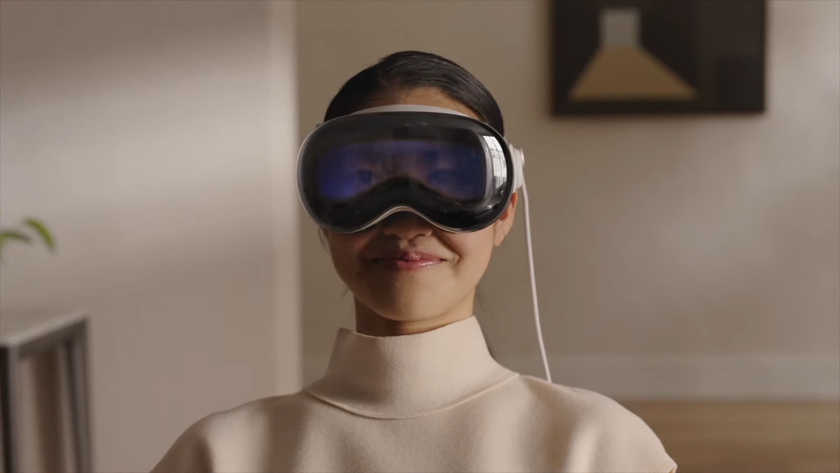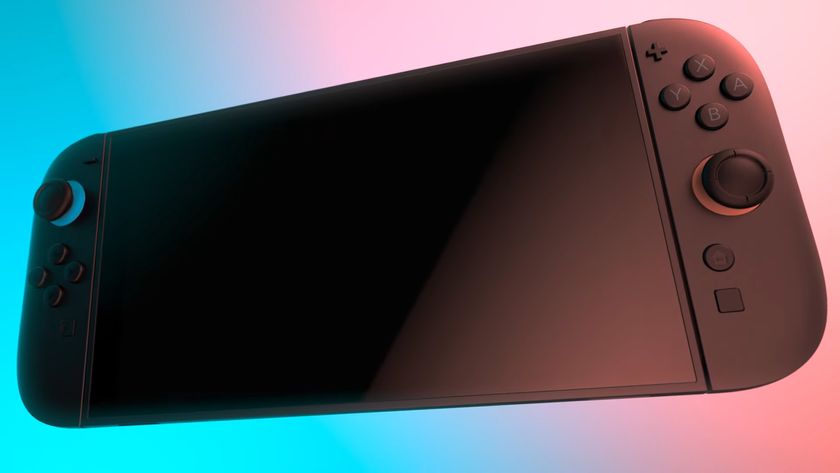Hands-on With Glasses-Free 3D Screen for Smart Phones

While Sharp's 3D display for the upcoming Nintendo DS may be better known, a young company called MasterImage could challenge them for supremacy in the mobile device space.
One of the exhibitors at the Nvidia GPU Technology conference, MasterImage uses a technology called "cell matrix parallax barrier," which is basically a screen above a smart phone's display, to create 3D images. Instead of a user wearing glasses that flicker on and off, the barrier does the flickering.
Despite the extra layer, image on the screen were still very bright and crisp. The effective viewing angle for 3D was about 30 degrees from center, but the screen--at least in 2D--was visible from close to 180 degrees. Even better, we could rotate the display from landscape to portrait without losing 3D, an important attribute if this technology is going to make it into smart phones, not to mention tablets.
Power consumption is minimal, according to MasterImage, but you can turn off the 3D screen with a push of a button; this comes in handy not just when trying to save battery life, but when you want to view non-3D images, such as email.
While MasterImage has already fitted its technology into a smart phone (the one pictured above, a Hitachi Wooo H001), a company rep said that the additional power of Nvidia's Tegra chip makes for a much better viewing experience. And, after viewing the two displays side by side, we tend to agree.
According to MasterImage, adding its technology to a smart phone costs about $10 to $15 per unit, which is not insignificant. However, a company rep told us that they're hopeful the screens will be added to smart phones as early as the second quarter of 2011.
Stay in the know with Laptop Mag
Get our in-depth reviews, helpful tips, great deals, and the biggest news stories delivered to your inbox.
















